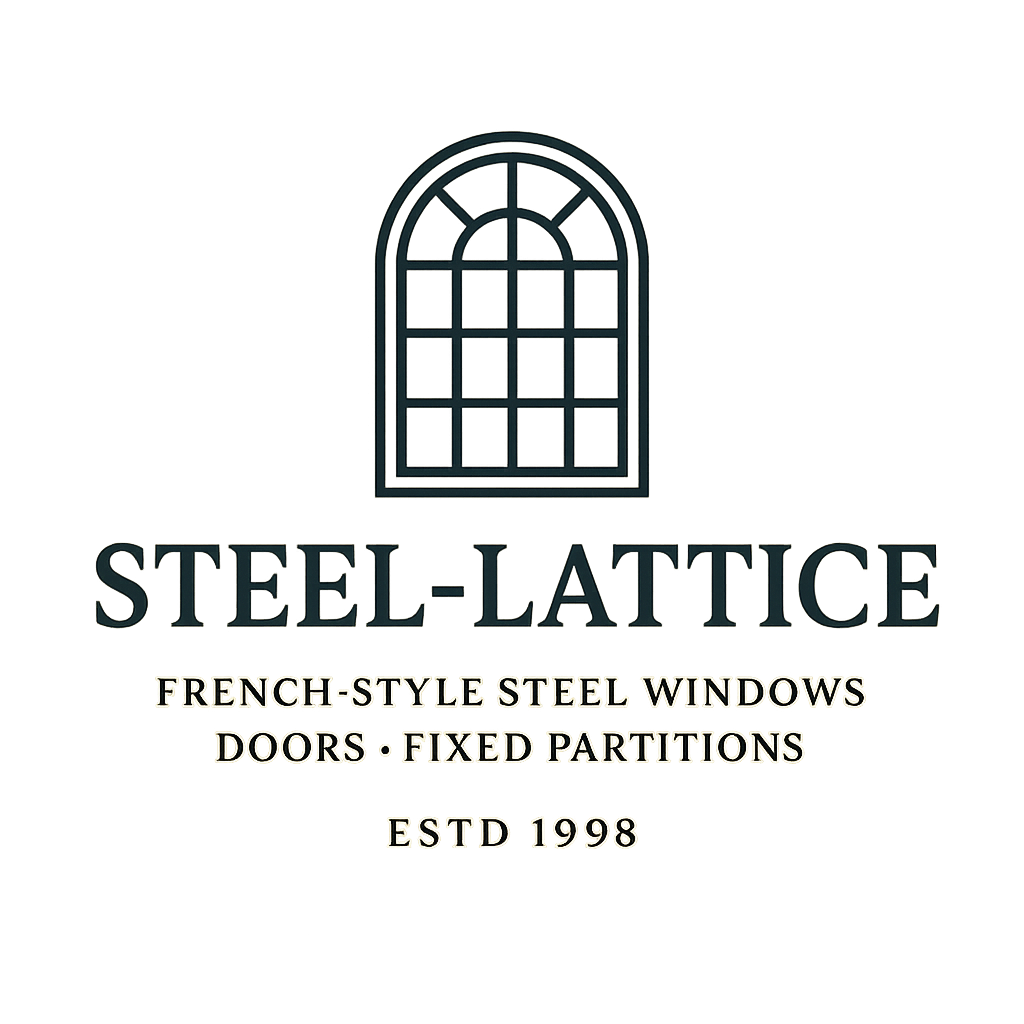
Characteristics and Technical Overview of Vintage Steel Doors and Windows
2017-11-12 19:33Vintage steel doors and windows are revered for their unique blend of historical charm, structural integrity, and timeless aesthetics. Combining the durability of steel with artisanal craftsmanship, these fixtures evoke the elegance of bygone eras while meeting modern performance standards. This article provides a technical overview of their defining characteristics, from material properties to design nuances, and explains why they remain a sought-after choice in both restoration and contemporary projects.
1. Material Properties: Strength and Durability
Steel, as a primary material, offers unmatched strength and longevity. Unlike wood or aluminum, steel doors and windows resist warping, cracking, and pest damage, making them ideal for harsh climates. Key material advantages include:
High Tensile Strength: Steel frames can support larger glass panes and intricate designs without compromising stability.
Corrosion Resistance: Modern steel is often treated with hot-dip galvanization, powder coating, or zinc plating to prevent rust. Vintage aesthetics are preserved using patina-inducing techniques like oil-rubbed bronze or weathered finishes.
Fire Resistance: Steel’s non-combustible nature enhances safety, a critical feature for commercial and residential applications.
2. Design Elements: Historical Authenticity and Craftsmanship
Vintage steel doors and windows draw inspiration from architectural movements such as Victorian, Art Deco, and Industrial styles. Their design hallmarks include:
Ornamental Detailing: Hand-forged scrollwork, floral motifs, and geometric patterns replicate pre-20th-century ironwork. Laser-cutting technology now allows precise replication of historical designs.
Divided Lites: Multi-pane configurations with slim steel muntins, mimicking traditional divided-light windows.
Arched and Curved Forms: Customizable arches, elliptical shapes, and radius tops evoke Gothic or Mediterranean influences.
Custom Glass Options: Textured, stained, or frosted glass can be integrated into steel frames to enhance privacy and visual interest.
3. Manufacturing Techniques: Traditional Meets Modern
Crafting vintage steel fixtures involves a fusion of age-old techniques and advanced engineering:
Hand Forging: Artisans shape heated steel using hammers and anvils to create bespoke scrolls, hinges, and grilles. This method ensures subtle irregularities that signify handmade quality.
MIG/TIG Welding: Modern welding techniques ensure seamless joints and structural integrity, even for complex designs.
Surface Finishing: Techniques like acid washing, sandblasting, or hand-brushing create distressed or aged appearances. Clear sealants or wax coatings protect finishes while maintaining a vintage look.
Thermal Break Technology: To address steel’s thermal conductivity, some frames incorporate polyamide barriers between inner and outer steel layers, improving energy efficiency.
4. Functional Advantages: Performance and Adaptability
Beyond aesthetics, vintage steel doors and windows offer practical benefits:
Weather Resistance: Tight seals and robust construction minimize air and water infiltration, enhancing insulation.
Security: Steel’s inherent strength, combined with multi-point locking systems, deters forced entry.
Customization: Frames can be tailored to fit irregular openings or accommodate modern glazing (double-pane, Low-E glass).
Low Maintenance: Powder-coated or galvanized steel requires only occasional cleaning with mild detergents, avoiding the need for repainting.
5. Applications: Bridging Eras in Architecture
Vintage steel fixtures are versatile across contexts:
Heritage Restoration: Authentically replicating original steelwork in historic buildings, such as brownstones or industrial lofts.
Residential Design: Adding character to modern homes through statement entry doors, conservatories, or steel-framed partitions.
Commercial Spaces: Enhancing cafes, boutiques, or offices with industrial-chic storefronts or pivoting steel doors.
6. Sustainability: Eco-Conscious Choices
Recycled Steel: Many manufacturers use recycled content, reducing the environmental footprint.
Long Lifespan: Steel’s durability ensures decades of use, minimizing replacement waste.
Energy Efficiency: When paired with insulated glass units (IGUs), steel frames contribute to LEED-certified building standards.
Conclusion: The Timeless Appeal of Vintage Steel
Vintage steel doors and windows are more than nostalgic relics—they are engineered solutions that harmonize historical artistry with contemporary performance. Their strength, customizable design, and low-maintenance nature make them a pragmatic yet poetic choice for architects and homeowners alike. By preserving the craftsmanship of the past while embracing modern innovations, these fixtures continue to define spaces with enduring elegance and resilience.
SEO Keywords:
Vintage steel door characteristics
Custom steel window design
Hand-forged steel windows
Historic steel door restoration
Industrial-style steel doors and windows
Thermal break steel frames
Powder-coated steel windows
Architectural steelwork techniques
Energy-efficient vintage windows
Ornamental steel door features
